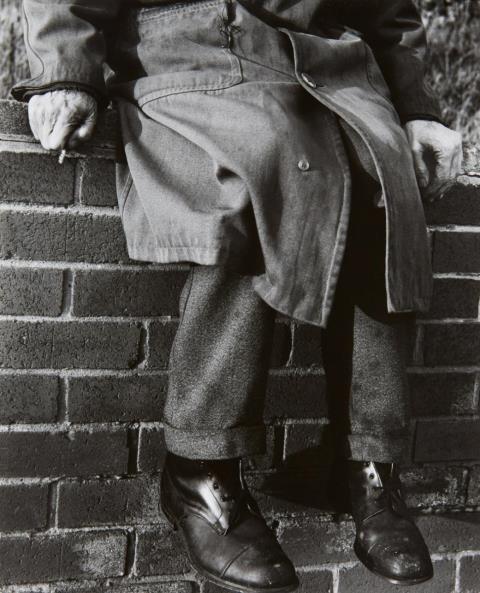Chris Killip - biography
Do you own a work by Chris Killip, which you would like to sell?
Chris Killip Prices
| Artist | Artwork | Price (incl. premium) |
|---|---|---|
| Chris Killip | Untitled | €2.196 |
Chris Killip was born on 11 July 1946 in Douglas on the Isel of Man where his parents ran the nationally noted Highlander Pub. Killip left school at the age of 16 to complete an apprenticeship as a hotel manager and worked as a beach photographer at the same time. Photography quickly became his true pet project and thus moved at the age of 18 to London to work as assistant to the commercial photographer Adrian Flowers (1926-2016). Chris Killip went on to work as a freelance photographer and helped out at his father’s pub for a time.
From 1969, Chris Killip committed himself completely to his photography career. The pictures from this early phase were published by the Arts Council in 1980 in the book Isle of Man: A Book of Manx, accompanied by text from the art critic, painter and poet John Berger (1926-2017). As early as 1972, the Arts Council commissioned Chris Killip to photograph Bury St Edmunds and Huddersfield, and the award in 1975 of a grant from Northern Arts enabled him to go to Newcastle-upon-Tyne to portray the Northeast of England with his camera. In May 1977, the now defunct photography magazine Creative Camera dedicated an entire issue to Killip’s work and that same year he became co-founder of the Side Gallery in Newcastle, and its first director for a period of 18 months. In 1988 he photographed the Italian tyre manufacturer Pirelli’s factory in Bruton, a project for which he switched to flash and large format camera and from 1992 to 2004, he documented pilgrimages in rural Ireland, the collected images of which were published by Thames & Hudson in 2009 under the title Here Comes Everybody. Killip’s images often show people in precarious circumstances amidst great scenic beauty, giving the photographs a peculiar fascination.
Chris Killip once said that he didn’t have any real interest in photography, but was rather much more fascinated in people. He viewed photography as a form of literature with which he could talk of the people and their living situations, of historical contexts and their implications, and record his observations and findings for posterity. Without a camera, he would find another way to communicate. With his camera, he sided with the socially disadvantaged, with marginalised groups who were expendable in the eyes of the powerful, especially the business sector. If he felt uncomfortable looking through the lens, he knew he was in the right place. His way of photography has been compared to Henri Cartier-Bresson (1908–2004), Paul Strand (1890–1976) and August Sander (1876–1964). He had one son Matthew with the photographer Markéta Luskačová (born 1944).
Chris Killip died of lung cancer in Cambridge USA at the age of 74 on 13 October 2020 from lung cancer.
© Kunsthaus Lempertz
Do you own a work by Chris Killip, which you would like to sell?
| Artist | Artwork | Price (incl. premium) |
|---|---|---|
| Chris Killip | Untitled | €2.196 |
About Cookies
This website uses cookies. Those have two functions: On the one hand they are providing basic functionality for this website. On the other hand they allow us to improve our content for you by saving and analyzing anonymized user data. You can redraw your consent to using these cookies at any time. Find more information regarding cookies on our Data Protection Declaration and regarding us on the Imprint.
Settings
